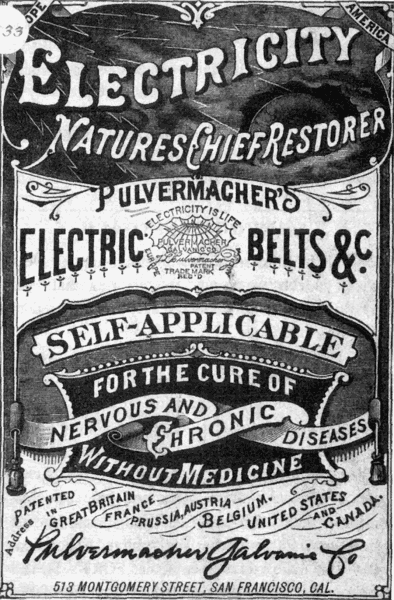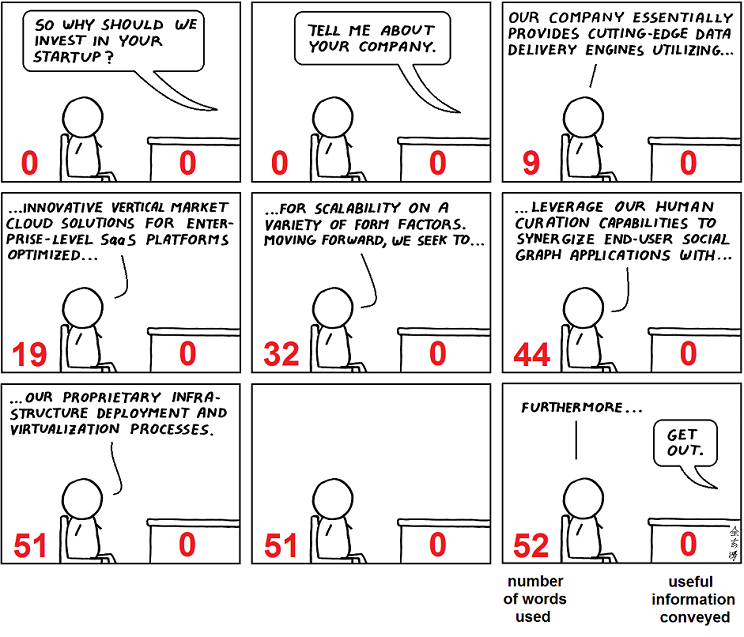 In 2010, an epidemiologist was asked by a California school to investigate its high levels of dangerous dirty electricity. When he arrived to take readings, he found that some classrooms contained levels of electrical pollution so intense that they exceeded his meter’s ability to measure them.
In 2010, an epidemiologist was asked by a California school to investigate its high levels of dangerous dirty electricity. When he arrived to take readings, he found that some classrooms contained levels of electrical pollution so intense that they exceeded his meter’s ability to measure them.
This story was reported in a major US news outlet. The “dirty electricity” the epidemiologist was investigating, also known as electrosmog, has been described as a dangerous new carcinogen produced by all modern electronics such as computers, Wi-fi routers and pretty much anything that needs to be plugged in. Electrosmog is said to be increasing steadily and globally with every new electrical device that comes online, and in addition to cancer, it is now beginning to be linked to other diseases, including autism and depression. The researchers working on this issue bill it as the biggest environmental health threat of the 21st century.
I first heard about dirty electricity when a commenter warned me about it on a recent post about using electricity to boost learning. When I set out to look into it, I was highly skeptical. And for good reason: this is one of those topics in which charlatans are thick on the ground and seem to outnumber legitimate researchers about a dillion to one, at least if you go by the results of a Google search. I assumed no one serious took it seriously. Boy, was I wrong. The most interesting thing about “dirty electricity”, however, is that it’s not really about electricity at all — rather, it’s an indictment of epidemiology. Continue reading →
 When I was a biology researcher, the strangers I met at parties and on airplanes were always impressed when I told them how I made my living. Evidently, they envisioned my work as something out of Jurassic Park—a thrilling journey packed with breakthroughs and adventures. Few suspected the truth: doing science is mostly about performing mundane, repetitive tasks.
When I was a biology researcher, the strangers I met at parties and on airplanes were always impressed when I told them how I made my living. Evidently, they envisioned my work as something out of Jurassic Park—a thrilling journey packed with breakthroughs and adventures. Few suspected the truth: doing science is mostly about performing mundane, repetitive tasks.





